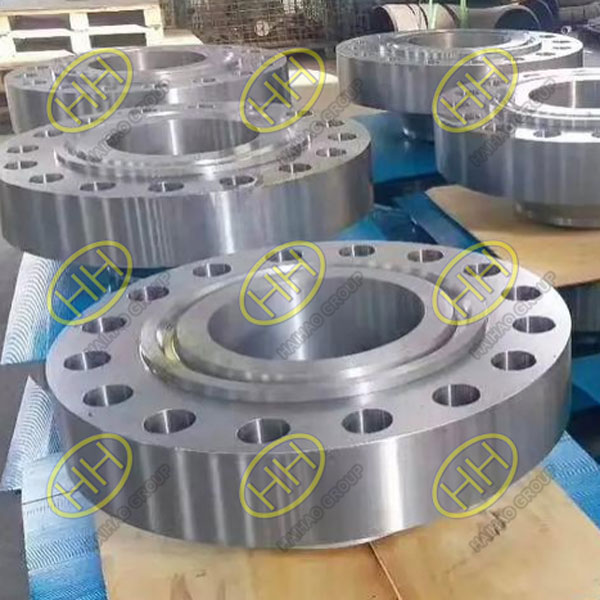The impact of deoxidation process on flange performance
In the production of high-quality flanges, the deoxidation process plays a crucial role in determining the mechanical properties and overall performance of the final product. Deoxidation is a metallurgical process used to remove oxygen from molten steel, preventing the formation of oxides that can negatively impact the material’s strength, toughness, and weldability. The level and method of deoxidation directly influence the quality of the flanges, making it an essential factor in the manufacturing process.
Understanding the Deoxidation Process
During steelmaking, oxygen dissolves in molten steel and, if not properly removed, can form unwanted oxide inclusions. Deoxidation is performed by adding elements such as aluminum, silicon, manganese, or calcium, which react with oxygen to form stable oxides that can be removed from the molten steel. The extent of deoxidation categorizes steel into rimmed, semi-killed, and fully killed steel, each with distinct properties affecting the performance of flanges.
Effects of Deoxidation on Flange Performance
1.Improved Mechanical Properties
Proper deoxidation enhances the tensile strength and impact resistance of flanges by reducing the presence of brittle oxide inclusions.
This results in flanges that can withstand high-pressure applications and extreme temperatures, making them suitable for industries such as oil & gas, petrochemicals, and power plants.
2.Enhanced Weldability
Oxygen content in steel affects its weldability. Flanges manufactured from well-deoxidized steel have better welding characteristics, reducing the risk of weld defects such as porosity and cracking.
This is particularly important for pipeline systems and structural applications, where reliable welding ensures long-term safety and performance.
3.Increased Corrosion Resistance
Oxide inclusions in steel can lead to localized corrosion, weakening the flange over time.
Effective deoxidation reduces these inclusions, improving the corrosion and oxidation resistance of the flange, especially in harsh environments such as marine, chemical processing, and high-temperature applications.
4.Better Machinability
The presence of excess oxides can make steel brittle and difficult to machine.
By optimizing the deoxidation process, the steel used for flanges gains better toughness and consistency, leading to smoother machining and higher dimensional accuracy in the final product.
5.Compliance with Industry Standards
Many international specifications, including ASTM, ASME, EN, and ISO, require flanges to be made from properly deoxidized steel to ensure reliable performance and safety.
Flanges that undergo controlled deoxidation meet stringent quality requirements for applications in high-pressure and low-temperature environments.
The deoxidation process is a critical factor in determining the performance of flanges, influencing their strength, weldability, corrosion resistance, and overall reliability. At Haihao Group, we implement advanced deoxidation techniques to produce high-quality flanges that meet international standards. Our commitment to metallurgical excellence ensures that our flanges deliver superior durability and performance for demanding industrial applications.
For more details about our flange products and manufacturing capabilities, feel free to contact us! Email:sales@haihaogroup.com


